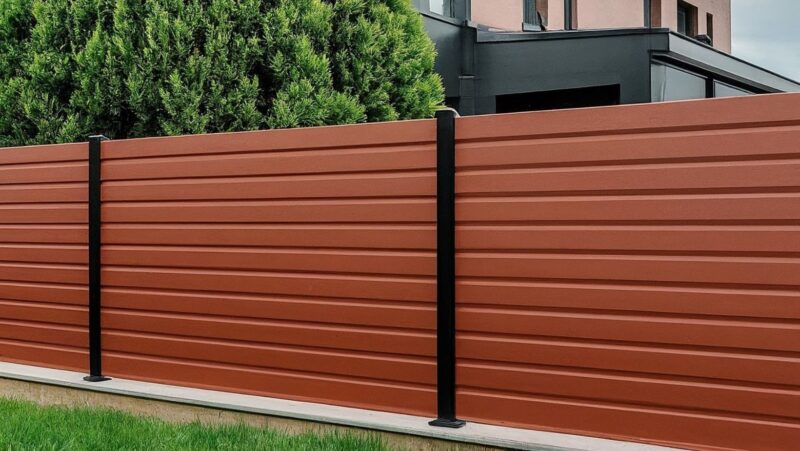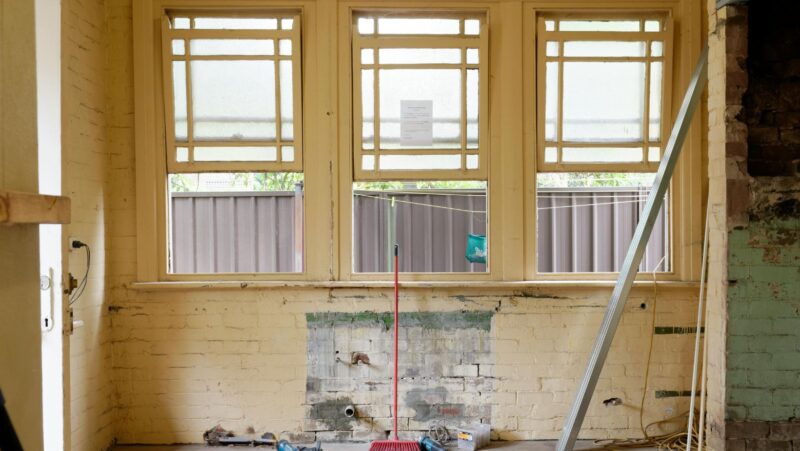Keeping unwanted animals out of your crawl space is crucial as they can wreak all sorts of havoc, including damage to your insulation, wiring, piping, and the structure of your home. The presence of animals can also lead to health problems due to contamination from their droppings and urine. This article explores various preventive measures that every homeowner can apply to keep animals at bay, including cleaning animal-contaminated crawl spaces, thereby ensuring a safe and healthy living environment. Through proactive strategies, such as sealing entry points and maintaining cleanliness, homeowners can effectively minimize the likelihood of animal intrusion and its associated consequences.
Table of Contents
ToggleExploring Your Crawl Space and Animal Attraction
A crawl space is a hollow area situated between the ground and the first floor of a house, typically measuring about one to three feet in height, which creates a void beneath the property. Primarily intended to facilitate air circulation within the home and provide convenient access for maintenance tasks such as plumbing and electrical work, the crawl space serves an essential functional role.
However, it also serves as an enticing habitat for various animals like rats, mice, squirrels, raccoons, skunks, and snakes. These creatures are attracted to crawl spaces due to their shelter from predators and harsh weather, suitability for breeding and egg-laying, and the availability of food sources if pests are present. As a result, managing crawl spaces to prevent animal intrusion is crucial for maintaining a safe and habitable environment within the home.
Seal All Points of Entry
Preventing animals from accessing your crawl space begins with thoroughly sealing all potential entry points, as even small openings can serve as access points. Conduct a detailed inspection to identify and seal any holes, cracks, or gaps promptly. Additionally, installing screens over vents can effectively deter animals while maintaining essential ventilation. By taking these proactive measures to secure your crawl space, you can significantly reduce the risk of animal intrusion and protect your home from potential damage and health hazards.
Your Foundation and Crawl Space’s Condition
Maintaining the structural integrity of your foundation and crawl space is paramount for deterring animal intrusions. Inspect foundation walls regularly to ensure they are free of cracks or vulnerabilities that could serve as entry points. Equally important is confirming that the crawl space, which provides structural support, remains sturdy and secure. Be vigilant for any signs of rot or damage in wooden components, as these can entice pests and rodents.
Cleanliness and Proper Storage
Maintaining a clutter-free crawl space is essential, as what may seem like waste to humans can be an inviting refuge for animals. By keeping this area clean and devoid of clutter, you eliminate potential hiding spots for wildlife. Additionally, prevent access to food sources by

disposing of edible debris properly and securely sealing all food containers, thereby minimizing the attraction for animals and reducing the likelihood of infestation.
Wildlife Exclusion Techniques
Consider investing in modern wildlife exclusion methods, like implementing a crawl space encapsulation system, which involves applying a robust barrier to fully cover the crawl space. This comprehensive solution not only prevents moisture buildup but also effectively blocks the entry of pests and wildlife.
Maintaining a Dry Crawl Space
Given that pests are drawn to damp environments, it’s imperative to maintain a dry crawl space to deter animal infestations.

Moist conditions in the crawl space serve as a beacon for wildlife seeking water sources, making it crucial to employ strategies like using dehumidifiers and ensuring adequate insulation to prevent moisture buildup.
Seek Professionals Guidance
Sometimes, the help of professionals proves invaluable. Wildlife removal experts and pest control agencies can work with you in identifying your home’s weak points and providing professional solutions. They also help in cleaning animal-contaminated crawl spaces, reducing the potential health risks associated with the likes of mold, mites, and hazardous pathogens.
Regular Inspection and Swift Action
Carry out a periodic inspection in and around your crawl space to spot any signs of animal activity. Listen for the telltale noises they make and look for physical signs such as droppings or tracks. Once you notice any signs of infestation, take immediate action to prevent exacerbation of the problem.
Surely it takes a bit of work, but it is worth it if you don’t have to worry about the chaos and damage that unwanted animals in your crawl space can cause. Remember, prevention is always better than cure, is less expensive, and saves you the hassle of trying to evict uninvited guests from your property.
Final Thoughts
A crawl space is a crucial part of your house, and keeping it free of unwelcome animals is essential for the safety and comfort of your family. By following the prevention tips provided above, you can keep your home protected and your mind at ease.





